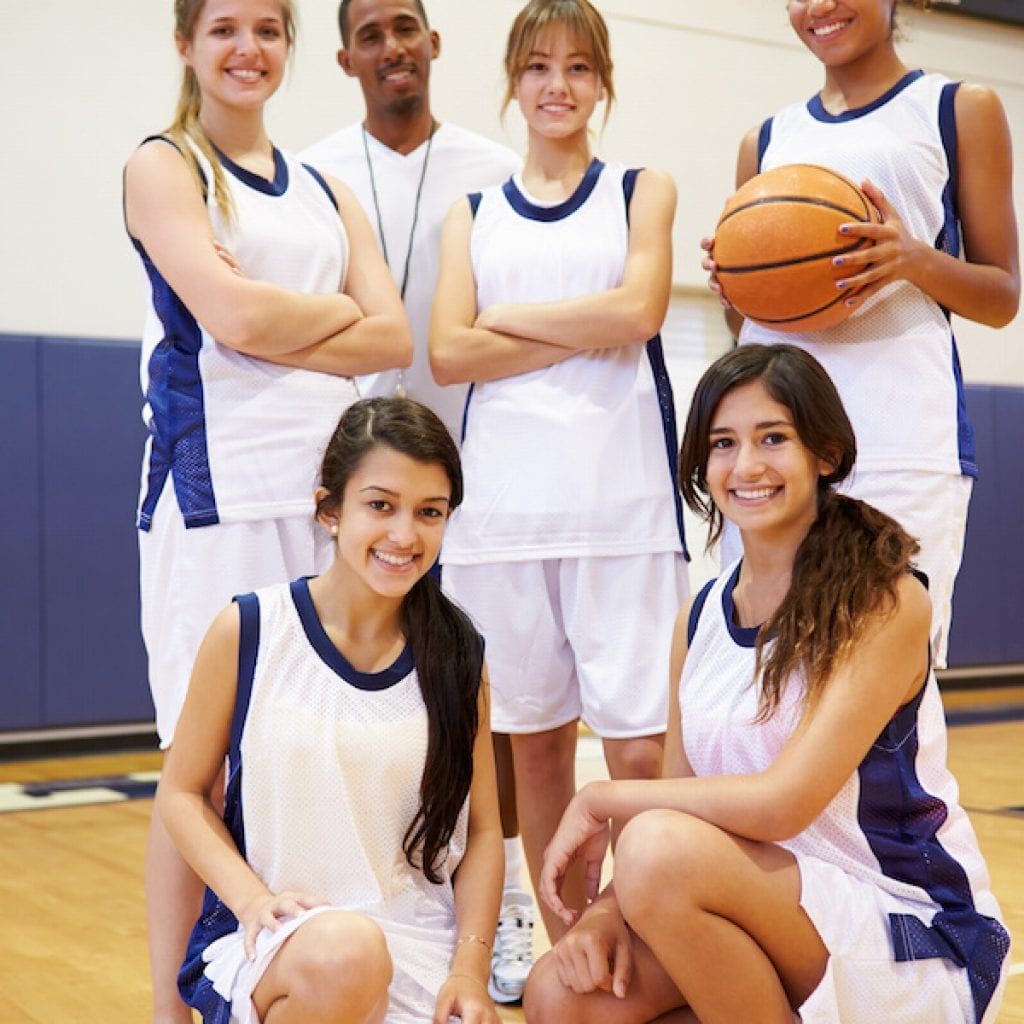We just got a new coach and he came in and changed everything without even talking to us about it. Now we’re all confused and it seems like we’re just starting over. Wouldn’t it make more sense to see who’s on the team and do some of the things we did before?
— G.G., Fairfield
First Rule for New Coaches
The first rule of coaching should be “Do no harm,” just like doctors.
Look at it this way: Each team starts off with a certain amount of talent on the roster. A coach comes in and can do one of three things: Make the talent better, make the talent worse, or get just as much out of the talent as there was when she started.
Obviously, making the talent better is the goal, and that starts with two simple things: Getting the team to play hard, and getting the team to play together.
Knowledge of Xs and Os might play into earning the respect necessary to get the players to play hard and together, but it’s not really necessary. A group of motivated high school athletes who play for each other will exceed their talent level in terms of results, pretty much regardless of the level of expertise of the coach. (After all, even football, the most complicated high school sport, isn’t exactly quantum mechanics — or even algebra II.)
_______________________________
GET CONNECTED:
Follow SportStars on Twitter & Instagram | Like us on Facebook | Subscribe!
_______________________________
Coaching Strengths
Now if a coach can add in technical knowledge, high-quality game coaching and elite leadership skills, you’ve really got something. But that doesn’t happen that often. (Coaches that talented usually move on to college very quickly.)
In fact, at the high school level, often a coach who comes in and does no harm is acceptable. And by “do no harm,” I mean being organized and being nice enough to the kids that they enjoy the experience. Also communicating with the parents and winning the games the team would be expected to win.
It’s not a glorious outcome, granted, but anyone who’s suffered through a season with a truly bad coach can appreciate its value.
And that’s not to say your new coach is going to be bad — though I have to admit that jumping in and changing everything without knowing the personnel is somewhat worrisome. Of course coaches want to win or lose with their own stuff. But it would have been nice to have a meeting and talk about the changes and why they’re happening. Creating a situation with confused and uncertain players is making things worse, not better.
Players Responsibility
Of course, the players bear more than a little responsibility as well. Regardless of why the previous coach left, players and parents must approach any new coach with an open mind. And to a certain degree, an open heart. No high school coach is perfect, or even close, and mistakes are going to be made. (If you’re watching the NBA playoffs, you see coaching mistakes every game, and those guys are making millions.)
Leadership, though, starts at the top. And though I’ve seen coaches come in, blow everything up on day one, and do very well, usually establishing some good will before starting the heavy demolition works out better in the long run.
Clay Kallam is an assistant athletic director and girls varsity basketball coach at Bentley High in Lafayette. To submit a question for Behind the Clipboard, email him at clayk@fullcourt.com
[bsa_pro_ad_space id=20]

